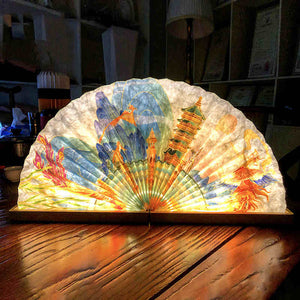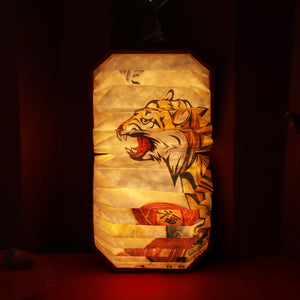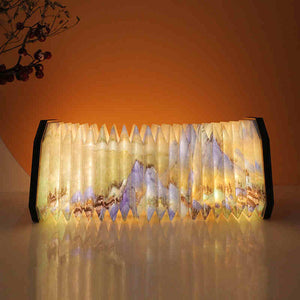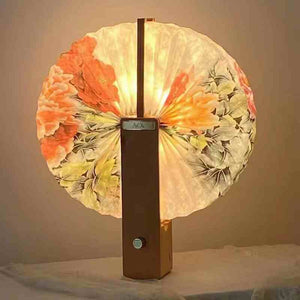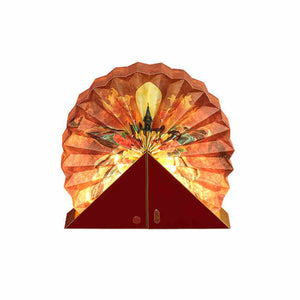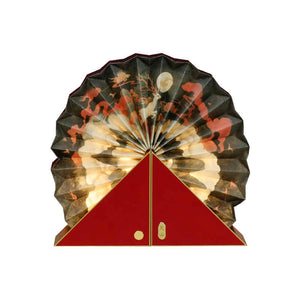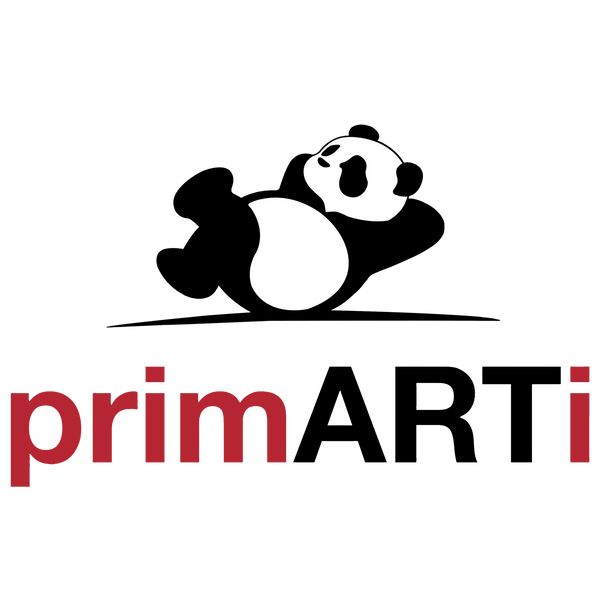Introduction
The Spring Festival, commonly known as Chinese New Year, is the most significant and widely celebrated festival in China. It marks the beginning of a new year on the lunar calendar and is a time of great joy, family reunions, and cultural expression. This festival is not just a holiday; it is a profound reflection of Chinese values, traditions, and the enduring spirit of the Chinese people. As the longest and most important traditional festival in China, the Spring Festival is a time when families come together, traditions are honored, and hopes for the future are expressed.
The Origins and Legends of the Spring Festival
The origins of the Spring Festival can be traced back thousands of years, with its roots in ancient Chinese agricultural practices and the lunar calendar. The festival is closely tied to the concept of "Nian," a mythical beast that was believed to come out on the eve of the lunar New Year to prey on humans. To ward off the beast, people would light firecrackers, hang red lanterns, and paste red couplets on their doors, as the color red was believed to scare away the beast. Over time, these practices evolved into the many customs and traditions associated with the Spring Festival today.
Key Customs and Traditions
-
Family Reunions
The Spring Festival is a time for family reunions. No matter where they live, people travel long distances to be with their loved ones. The highlight of the festival is the New Year's Eve dinner, known as the "reunion dinner," where families gather to enjoy a feast that often includes dishes like dumplings, fish, and spring rolls. These foods are not just delicious but also carry symbolic meanings, such as prosperity and good fortune.
-
Red Envelopes (Hongbao)
Giving red envelopes filled with money is a popular custom during the Spring Festival. These red envelopes are usually given by elders to younger generations as a symbol of good luck and prosperity. The color red is believed to ward off evil spirits and bring good fortune, making the red envelope a cherished gift during the festival.

-
Lantern Festival
The Lantern Festival marks the end of the Spring Festival celebrations. It falls on the fifteenth day of the first lunar month. People light lanterns, solve riddles written on lanterns, and eat tangyuan (glutinous rice balls). The lanterns come in various shapes and sizes, often adorned with intricate designs and patterns. The festival is a time of joy and community, as people gather to celebrate the end of the New Year season.

-
Dragon and Lion Dances
Dragon and lion dances are an integral part of the Spring Festival celebrations. These vibrant and energetic performances are believed to bring good luck and drive away evil spirits. The dances are often accompanied by loud drums and cymbals, creating a festive and lively atmosphere. The dragon and lion dances are not only entertaining but also a way to preserve and showcase traditional Chinese culture.

The Modern Spring Festival
In modern times, the Spring Festival has evolved to include new elements while preserving its traditional roots. With the advent of technology, many people now send digital red envelopes and greetings via social media platforms. The festival has also become a time for cultural exchange, as people from around the world participate in Spring Festival celebrations. In major cities, there are often large-scale lantern festivals, dragon and lion dance performances, and cultural exhibitions that attract both locals and tourists.
Conclusion
The Spring Festival is more than just a holiday; it is a celebration of life, family, and tradition. It is a time when people come together to honor their cultural heritage, express their hopes for the future, and strengthen their bonds with one another. As the Spring Festival continues to evolve and adapt to modern times, it remains a vital and cherished part of Chinese culture, inspiring people around the world with its beauty, warmth, and depth.






